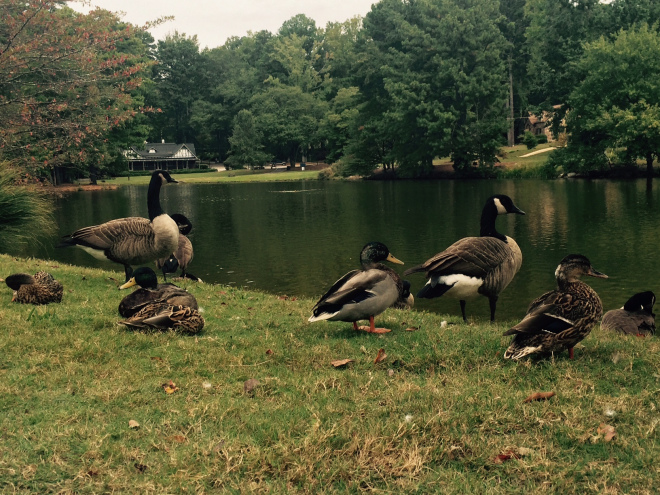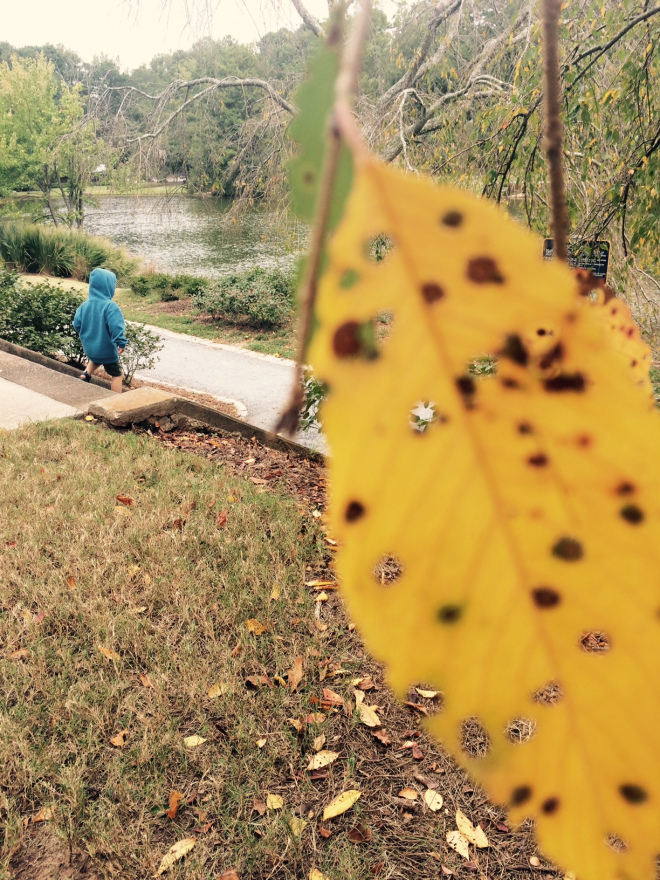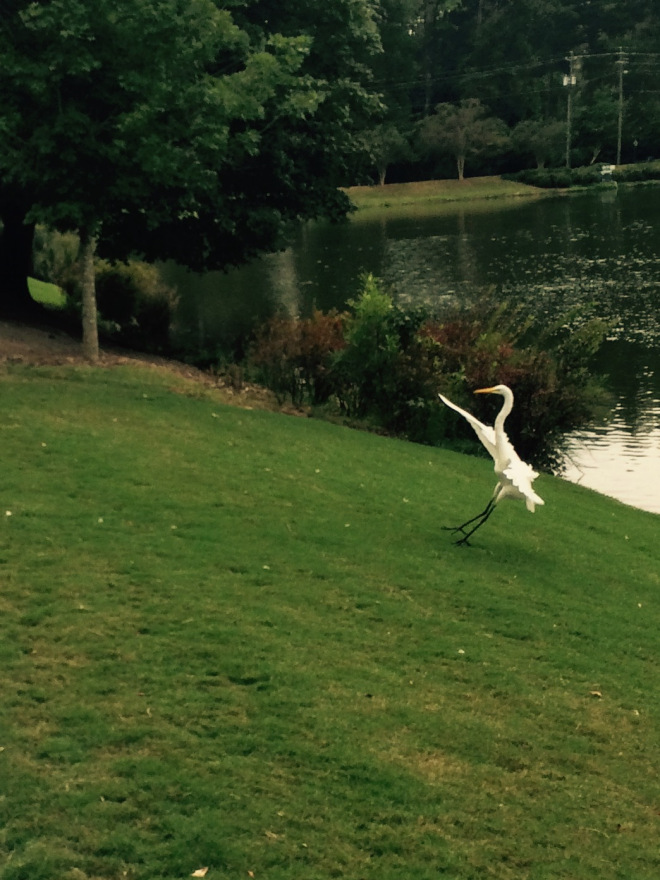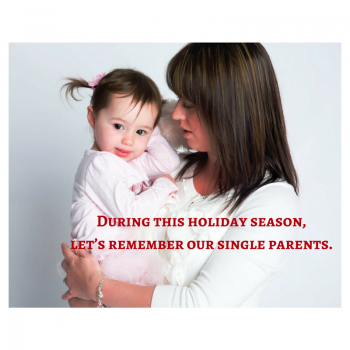Today, more than ever in history, we can meet the world at our doorstep–
or rather, at our computer screen, where we can connect with someone across the sea with the push of a “send” button.
If this is true for us, it’s also true for our kids.
My oldest son found me crying a few weeks ago, and I couldn’t hide anywhere.
Have we already forgotten our friends, people who are fleeing, dying in the in-between, before they see the kind of freedom they are seeking?
There’s some line we are asked to walk. There is a path laid before us, a path for our little one’s to tread, too.
I am choosing to let my boys see suffering with me, in a way that’s appropriate but real for two toddlers.
“People are just really hurting, Baby,” I tell Eliot.
“Some people lose the ones they love.”
I want him to form a bigger heart that knows how real the world is and how real the people are who fill it.
I want him to understand that sad things happen, so his heart can learn to understand the hope of Jesus, and the closeness of His spirit.
Maybe if we create a culture of world-seeking within our homes, they’ll know how to love when they venture out of our arms and into the streets outside.
Maybe we can do some things while they are young to create a world culture, even in a two bedroom apartment, even in a playroom, even on a front stoop:
1. Hang up maps to encourage curiosity and imagination. It doesn’t take much for a little one to find their curious side, and once it’s opened up, the possibilities are endless. Point to a country and tell them about it. Let them ask you questions, unafraid. Play with maps, listen to music from all over the world, embrace cultures and call them all good, people worth loving and embracing. And when you don’t have the answer (and believe me, you won’t), find it together. Learn with them.
2. Learn where your stuff comes from. Help your children understand that their clothes started in a factory, most likely across the world, most likely in conditions far worse than they’d expect. Watch this video that traces a Nike sweatshirt back to an Indonesia factory. Help your children understand that even their clothing ties them to the whole world, and to real people, and let them decide what they’d like to do about it. Shop at thrift stores, learn to upcycle, and let them thrive in the creativity that comes with learning, and often learning about injustice.
3. Have cultural parties. Every year for Eliot’s birthday, we choose a different country or state or even ocean to be the theme of his party. One year it was France, another India, and this year, the Southern Ocean (by his choice and the chance to celebrate with watching Octonauts). It’s easy to do, and there doesn’t have to be a particular celebration attached to it. Cook a dish from Saudi Arabia, bake a French pastry, eat Greek olives. Find a cultural pandora station, make a world map banner or bunting, and celebrate with a few friends.
4. Cultivate compassion through conversation. Whether or not we’d like to admit it, our children hear our conversations and take in everything we say, whether we acknowledge their presence. So, include them in conversations. Talk to them about the things you’re passionate about. Tell them stories about the places you’ve traveled to. Show them pictures, name names, bring them to the edge of their world and into yours, into everything you’ve experienced.
Read books together, like this one or this one. Embrace the world through learning, through the experiences of real people and real places.
And dream with them. Ask them where they want to go. Let them dream, let their hearts yearn to reach distant lands and hug people who are different from them. They will learn compassion this way.
5. Take a big world and make it smaller. Wherever you live, there is someone different from you somewhere close by. You may live beside an immigrant or refugee population. You may shop at an international market. Maybe you shop at Wal-Mart. Even there, diversity happens. Help your kids understand that people come to our corners of the world from all over the other corners, that it’s a blessing for all of us to end up together, to learn from each other, to share with each other, to embrace each other’s lives as our own.
At the international farmer’s market where we buy most of our groceries, there are cultures of all kinds gathered together around the avocados, to sample the coffee and fresh baked bread, to choose the perfect slice of salmon.
I will cry when we have to leave this place, because it’s taught us so much.
The other day we were by the green beans, and Eliot noticed a woman in a brown burqa. He began to point and laugh, because he thought it was totally hilarious that she covered her head and face.
Travis quickly held his hand and led him to a side aisle to explain this woman’s choice, to explain that world cultures vary, that the clothes we wear often reflect our beliefs.
He led Eliot back to this woman and my little toddler looked her in the eyes and apologized for laughing, to which she told him about her faith, her beliefs, her decision. Then she laughed and said, “But if you want, I can pretend I am a ninja!”
In our everyday experiences, we see the world. If we ever step foot outside our door, there is a chance to learn. There is a window through which we can point out and say, “Baby, that’s a piece of the world, there. That’s a person with a story, that’s a mother or a father or sister, a niece, an uncle, a brother. They are flesh and blood like you, created like you, loved like you. So you love them, Baby. You show them that kind of love.”
May our children find that the world is beautiful and awful and so full of hope, and may they learn to love the people in it, because we were able to show them how.
And when they finally take flight, may they do so with a light shining forth from their hearts, knowing our love for them, and our love for each other, wherever we are from and wherever we are going.
Hallelujah that He loved us first.














